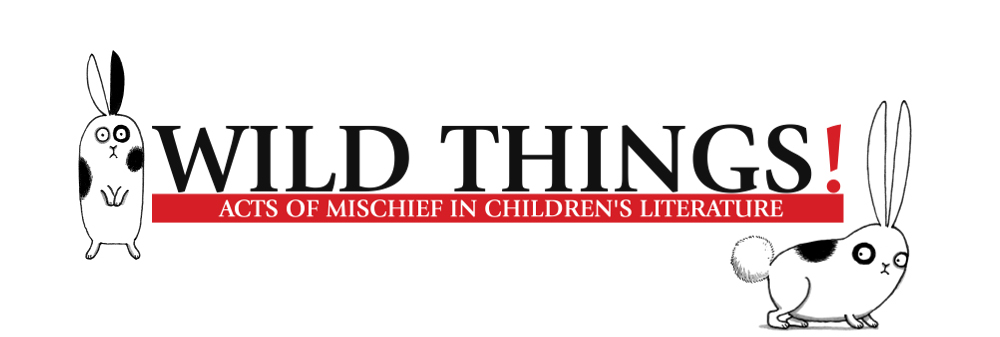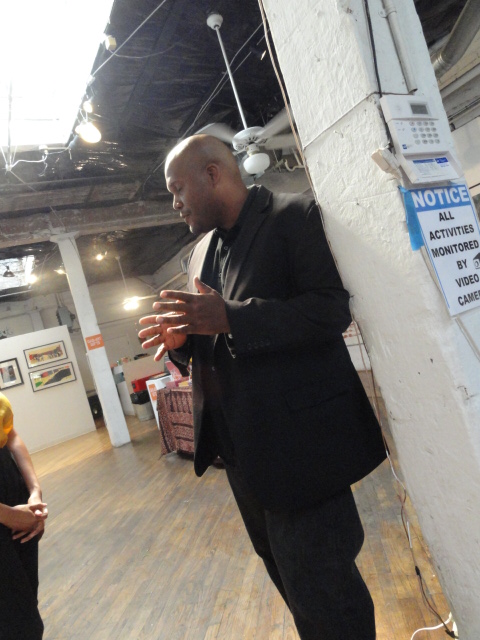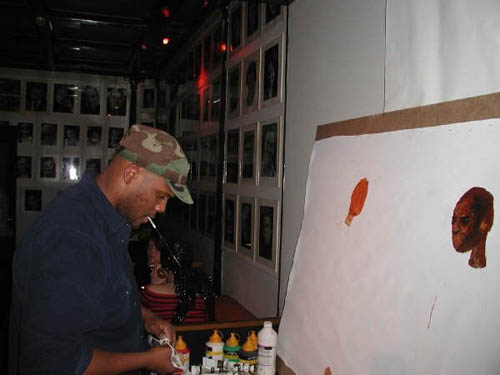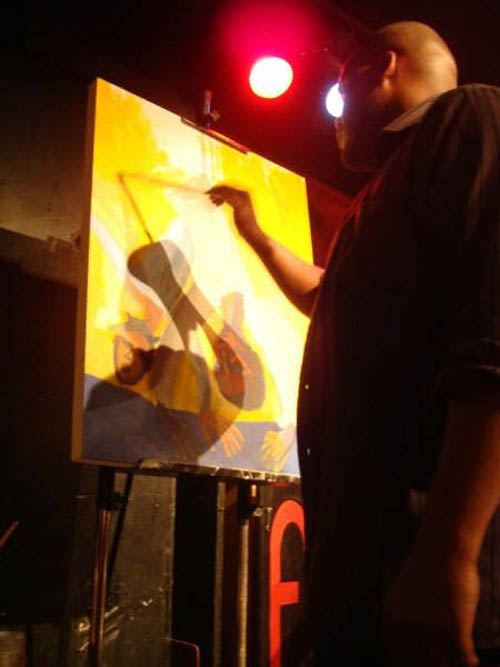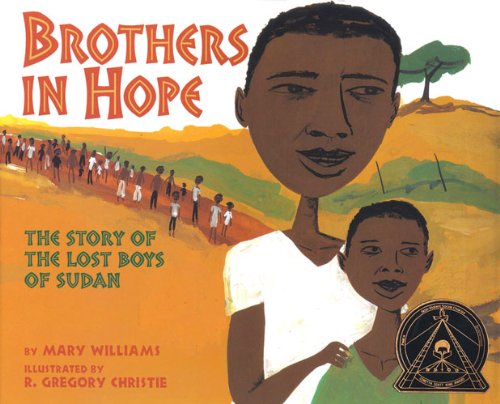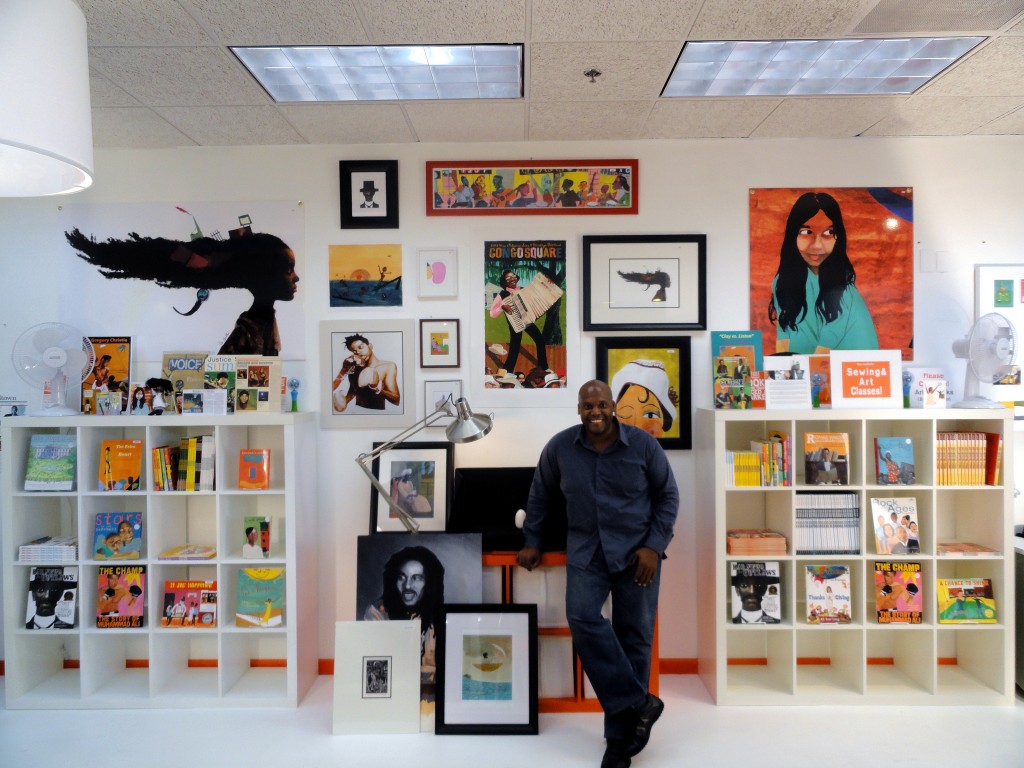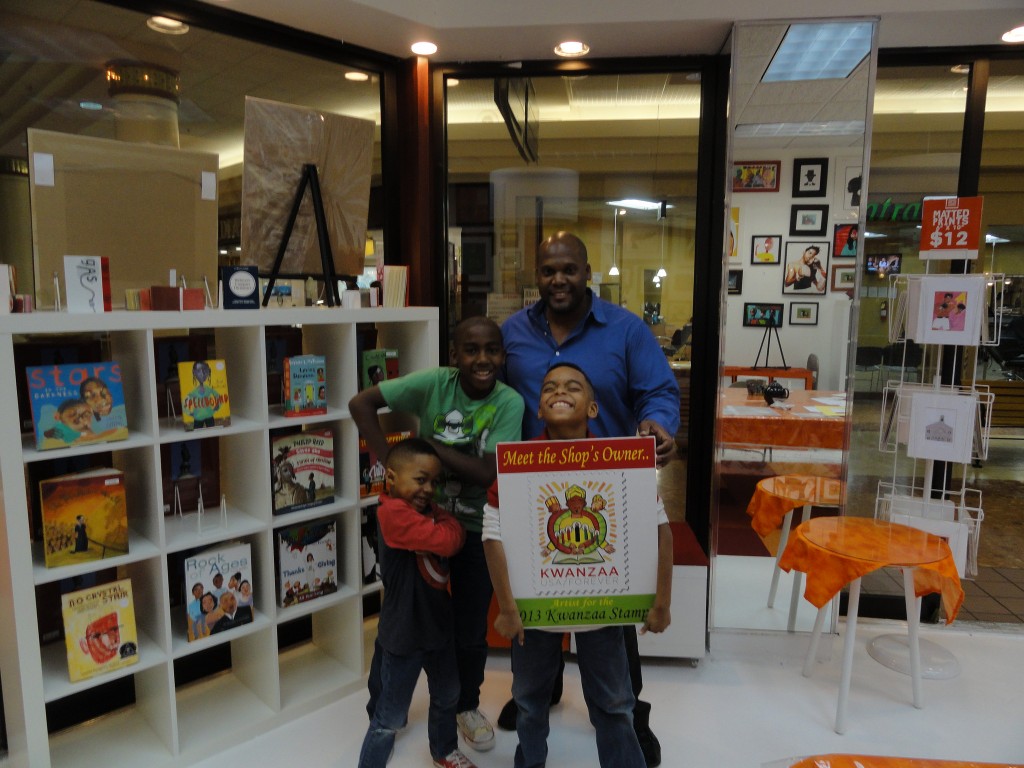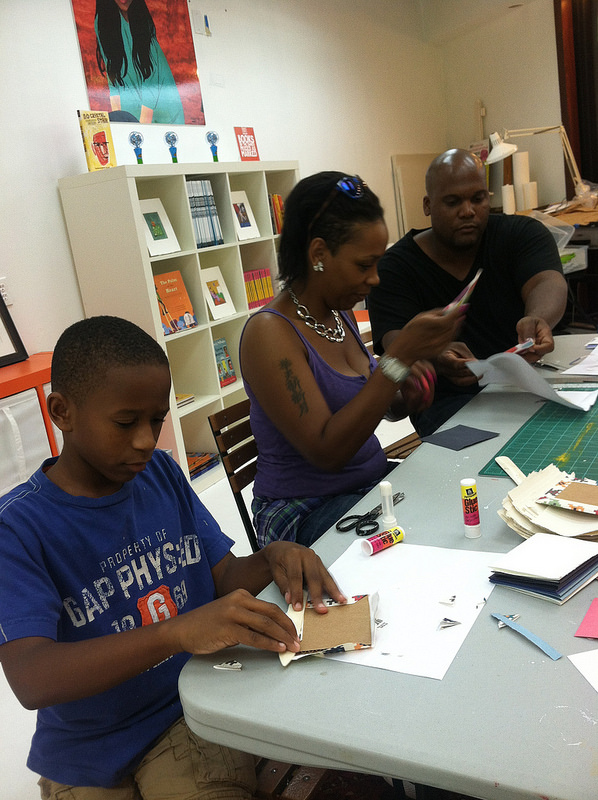From Funky Buddha Parties to Children’s Books: Before They Were Authors and Illustrators
Ask children’s book authors and illustrators how they entered the field, and you tend to see themes in their responses. Usually, it’s the ‘ol tried-and-true “I went to school, studied my butt off, and then sent off a stack of manuscripts to various publishers.” If their talent and hard work is paid off with some luck, good timing, and an interested editor, they get published and celebrate heartily.
But there are some stories that stand out. Who had the more unusual roads to publication? Who had the wacky day jobs? Our first draft of Wild Things! included a chapter on the beginnings (and endings) of children’s literature — that is, more unusual stories about the careers of those who made (or make) the books we love today. For instance, the man who became Dr. Seuss may be the most beloved name in all of children’s literature with his world-famous rhyming tales, but prior to World War II and well before he became a children’s lit icon, he had his own unusual beginning, stirring up trouble as a political cartoonist for PM, a liberal New York City newspaper established in the early 1940s by New Yorker managing editor Ralph Ingersoll. Seuss biographer Thomas Fensch describes Seuss’s political cartoons at the declaration of war as “surprisingly acidic.” (For more on Geisel’s early career and All Things Geisel, you can also check out the work of Seuss scholar Philip Nel.)
Only a few of these stories made it to publication, but we thought it’d be fun to share some other favorites (not in the book) here. (Who knew gravedigging was A Thing in this field?)
Award-winning illustrator R. Gregory Christie (pictured above) has, by far, the … shall we say funkiest jump-start to his career? As a young artist, Christie started out during what he calls the pre-Giuliani days, doing live paintings in night clubs after heading to Manhattan from a small colonial town in New Jersey.
Deciding to take full advantage of the city’s night life and seeing the entire city as his campus, Christie found himself drawn to the clubs and their “cavernous decors.” His favorite club was Nell’s on 14th street. “I was told that at its peak, it was famous for having a strict door policy that even denied celebrities entry. I could care less about ropes and doors but was more so allured by the shabby 19th century British parlor feel as an intimate supper club,” said Christie. The club’s second floor had live music and a stage. On the lower level, DJs spun records and “people went to sweat. It was a small space but also classy, so the suits and the sneakers mixed together. The street kids and the Wall Street crowd made an interesting mix of ethnicities and social classes. It seems as though it was about the energy music and good times there.”
Christie started out as another face in the crowd, but he eventually introduced himself to the club manager and asked about the possibility of showcasing his art with the goal of meeting a patron. “I figured that if one of these slick playboys or business women were open-minded enough to hang in a club with such a diverse crowd that they’d be open to appreciate my art and help me to build a career.” Christie showed up with a projector, set it up above the bar, waited for the club to fill up, and then got right to work. People were interested in Christie’s art, and he discovered it was a handy icebreaker, getting him “free drinks, phone numbers, sales and empty promises.”
After Christie’s first showing, he invited another artist friend to showcase his work, and the entire venture turned into a steady gig for Christie, his first real freelancing job, in which he would show the art of his colleagues on a weekly basis. His day-time job was as security at the Guggenheim Museum and, while working the coat check, Christie would put the museum patrons and even the director on the guest list for Nell’s. “The best thing about a museum’s visitors is that it brings in all types of people and you never know who is who. When I came in to the club each week the promoters would tell me the people on my list were getting out of limousines and they really were shocked when the director of the Guggenheim reserved his name for a ‘Funky Buddha party.’ I played it off like I was some kind of jetsetter and those were old friends and fans of what I do.”
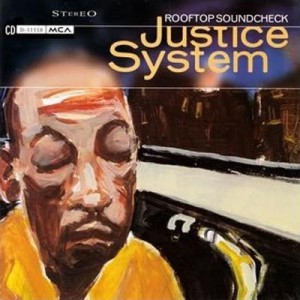 Before he was 30, Christie was sponsored for night-life paintings in Malaysia, London, Sydney, Sweden, and Amsterdam. Eventually, Christie was noticed by Justice System, an unsigned band at that time, during one of his gigs and was asked to do their album cover, should they ever get a record deal. When MCA records did sign them, Christie did the cover art, which later caught the eye of an editor named Liz Szabla at Lee & Low books (now Editor-in-Chief at Feiwel and Friends), who hired Christie to illustrate The Palm of My Heart: Poetry by African American Children. Since that time, Christie has been the multiple recipient of Coretta Scott King Honors for such books as Brothers in Hope: The Story of the Lost Boys of Sudan, written by Mary Williams, and Anne Rockwell’s Only Passing Through: The Story of Sojourner Truth, as well as a Theodore Geisel Award Honor recipient for his book with author Lisa Wheeler, Jazz Baby. He’s the recipient of the the NAACP’s Image Award, The Boston Globe-Horn Book Award, and the 2013 Ashley Bryan Illustrated Africana Children’s Literature Award.
Before he was 30, Christie was sponsored for night-life paintings in Malaysia, London, Sydney, Sweden, and Amsterdam. Eventually, Christie was noticed by Justice System, an unsigned band at that time, during one of his gigs and was asked to do their album cover, should they ever get a record deal. When MCA records did sign them, Christie did the cover art, which later caught the eye of an editor named Liz Szabla at Lee & Low books (now Editor-in-Chief at Feiwel and Friends), who hired Christie to illustrate The Palm of My Heart: Poetry by African American Children. Since that time, Christie has been the multiple recipient of Coretta Scott King Honors for such books as Brothers in Hope: The Story of the Lost Boys of Sudan, written by Mary Williams, and Anne Rockwell’s Only Passing Through: The Story of Sojourner Truth, as well as a Theodore Geisel Award Honor recipient for his book with author Lisa Wheeler, Jazz Baby. He’s the recipient of the the NAACP’s Image Award, The Boston Globe-Horn Book Award, and the 2013 Ashley Bryan Illustrated Africana Children’s Literature Award.
These days, he owns and runs GAS-ART GIFTS (“Gregarious Art Statements”) in Georgia, because (and we love this) he wants to “make children’s books as sexy as the newest pair of sneakers” for children and teens. It’s a bookstore, art school, and art gallery all rolled into one. Here is more information, not to mention this great write-up. (Jules, for one, is itchin’ to road-trip it to Greg’s new space, since she lives not-too-far-away in Tennessee.)
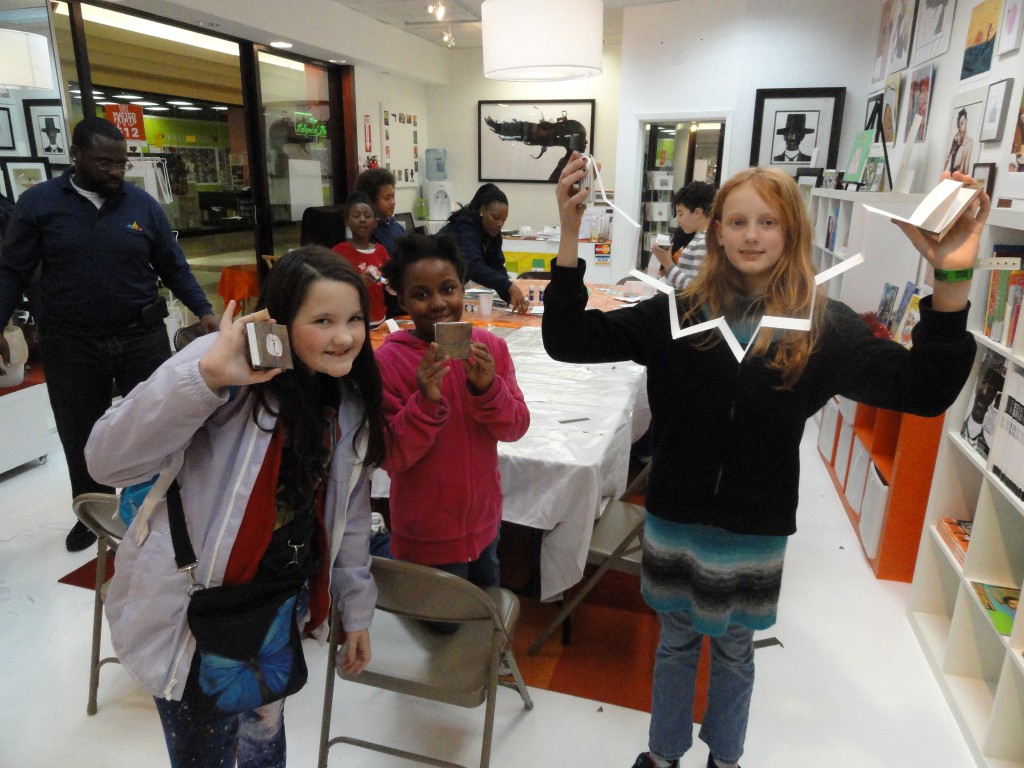 “I miss the days of a bottle of good red wine, amazing music and the energy of an audience behind me,” Greg added. “I used to dress up in an EMS uniform and splatter paint all over an eight-foot canvas. After a while, I smartened up and realized that the smaller the medium’s support and the less the women and wine, the greater the likelihood of finishing your work that night.”
“I miss the days of a bottle of good red wine, amazing music and the energy of an audience behind me,” Greg added. “I used to dress up in an EMS uniform and splatter paint all over an eight-foot canvas. After a while, I smartened up and realized that the smaller the medium’s support and the less the women and wine, the greater the likelihood of finishing your work that night.”
Here are some of the other surprising and fun day jobs (or early jobs) of children’s literature:
- In 1977, author-illustrator Simms Taback designed and illustrated the first Happy Meal box for McDonald’s.
- One of the first professional ventures of author Florence Parry Heide was to attempt a hot fudge sauce company with a friend, but a dislike of cooking put that project on the back burner (so to speak).
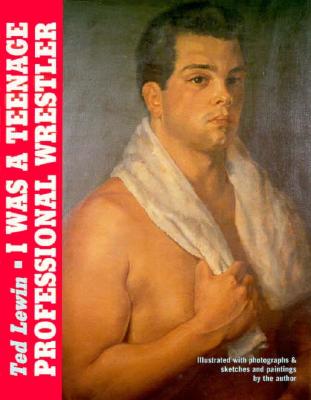 Illustrator Ted Lewin’s 1993 book, titled I Was a Teenage Professional Wrestler, is all about how he was … well, a teenage professional wrestler, all to raise money for art school at Pratt Institute. He lived what he called his “double life: Renoir, Rubens, and Picasso by day; headlocks, hammerlocks, and flying tackles by night.”
Illustrator Ted Lewin’s 1993 book, titled I Was a Teenage Professional Wrestler, is all about how he was … well, a teenage professional wrestler, all to raise money for art school at Pratt Institute. He lived what he called his “double life: Renoir, Rubens, and Picasso by day; headlocks, hammerlocks, and flying tackles by night.”- The great Sid Fleischman was once a magician, having taught himself sleight-of-hand from books. As a teenager, he toured the country with such vaudeville acts as Mr. Arthur Bull’s Francisco Spook Show.
- Author-illustrator Virginia Lee Burton intended to make dance her career but married a well-known artist, fell in love with the artistic life, and brought us Mike Mulligan and his steam shovel Mary Anne instead.
- YA author Terra Elan McVoy was once an editorial assistant at Blue Sky Press, an imprint of Scholastic, and assisted with answering fan mail for the Captain Underpants books. “Though there were a lot of things I enjoyed about my job, I have to say that getting to write to an enthusiastic Captain Underpants fan, and choosing what exact thing to send to him or her, was definitely one of my favorite tasks. Sometimes, I even got a thank you letter back!”
- Author Scott O’Dell once worked on a citrus ranch.
- Author-illustrator Sergio Ruzzier was once an un-folder and re-folder of Persian rugs.
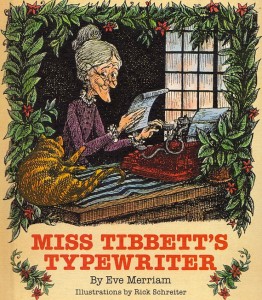 Author and poet Eve Merriam was a fashion editor at Glamour.
Author and poet Eve Merriam was a fashion editor at Glamour.- Author Ayun Halliday once had a gig as Bert of Bert and Ernie at a suburban shopping mall when she was “an extremely underemployed actress. It gives me a lot of sympathy for the poor saps currently peering out the eyeholes of Angelina Ballerina, Captain Underpants, and Clifford the Big Red Dog.”
- YA author Lisa Yee wrote the slogan, “Pass the Old El Paso”; wrote jingles and Red Lobster menus; had a Hollywood gossip column; invented cereals and ice cream flavors; and was once a hand model.
- During World War Two, author-illustrator Robert McCloskey invented the machine that allowed lieutenants to flip over large training charts in a high breeze.
- Author-illustrator Don Brown was once a professional clam digger.
- Before she brought us The Indian in the Cupboard, author Lynne Reid Banks was the first woman reporter on British television.
- One of YA author Cecil Castellucci’s first jobs was to insert time codes into the transcriptions from documentary footage so that editors could get to the footage easily. For The Matrix DVD, they interviewed a girl, age 15, who dressed up as Trinity. Cecil was also a film extra and was once called in to interview as a child ape in Tim Burton’s Planet of the Apes. She didn’t land the role but got to try on ape masks at Rick Baker’s special effects make-up studio. The 15-year-old girl later became the character Egg in her novel Boy Proof, and the make-up studio inspired her to make Egg’s dad a special effects designer.
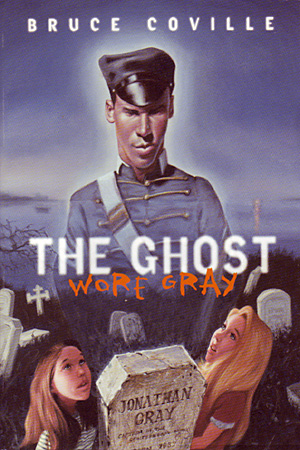 Author Bruce Coville was once a gravedigger. “Consider it hands-on research for a scene I once wrote in The Ghost Wore Gray,” he told us. “It was nepotism – my grandfather ran the cemetery. It was a small country cemetery, and we still dug graves by hand. So I know what it’s like to lie down at the bottom of a grave and look up. (I mean, when else would I have the chance?) There was something peaceful about digging graves, and I found it a good time to think.” He joins the ranks of author Meindert DeJong, no less, who also once dug graves, as well as Allan Ahlberg: “I became a gravedigger by a process of elimination. I vaguely wanted to be a writer and I didn’t want a career. I had been a plumber’s mate, a soldier and a postman. I was looking for a job in the open air where they left you alone.”
Author Bruce Coville was once a gravedigger. “Consider it hands-on research for a scene I once wrote in The Ghost Wore Gray,” he told us. “It was nepotism – my grandfather ran the cemetery. It was a small country cemetery, and we still dug graves by hand. So I know what it’s like to lie down at the bottom of a grave and look up. (I mean, when else would I have the chance?) There was something peaceful about digging graves, and I found it a good time to think.” He joins the ranks of author Meindert DeJong, no less, who also once dug graves, as well as Allan Ahlberg: “I became a gravedigger by a process of elimination. I vaguely wanted to be a writer and I didn’t want a career. I had been a plumber’s mate, a soldier and a postman. I was looking for a job in the open air where they left you alone.”- To support himself in college, author-illustrator Marc Brown “took a job at a television station. My first assignment was to make more people want to watch the weather report…I decided to dress the weather reporter, Shirley, up as a weather fairy; she’d swing onto the set on a big swing with her gossamer wings flapping behind her. My boss didn’t see the humor: he gave me a free Christmas ham—and fired me.”
- Young Adult author Gabrielle Zevin once sold bras, which was “excellent practice,” she told us, “for getting into the heads of adolescent girls. Essentially one long Judy Blume novel.”
- One of author-illustrator Roxie Munro’s first jobs was as courtroom artist for television/newspapers, her first trial being Watergate.
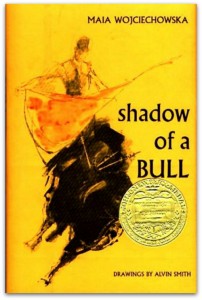
- Illustrator Karla Gudeon once worked for The Erotic Bakery in New York City.
- Young adult and middle-grade novelist Todd Strasser once owned an X-rated fortune cookie company.
- Before he became a children’s poet, J. Patrick Lewis was a Professor of Economics for thirty years. “So, changing fields was tantamount to transgender surgery,” he told us. “I had to undergo a very delicate operation.”
- Author David Elliott once worked as a cucumber-washer in Greece and a popsicle-stick-maker in Israel.
- Newbery winner Maia Wojciechowska, who was a fan of bullfighting, once was a matador in Mexico.
Author-illustrator Barbara McClintock sums it up well when, asked if she’s ever had an unusual or eccentric job of her own, she responds: “I think that’s a pretty accurate job description of what I’m doing now.”
BONUS: It may not be the tale of an author’s first job or even an unusually eccentric one to hold, but it’s a fascinating story nonetheless, the story of how one author crossed paths with an emperor’s son. Peter once wrote the story of Newbery author Elizabeth Gray Vining, a.ka. Elizabeth Janet Gray, here at his site, Collecting Children’s Books.
Sources
Brown, Don. Email interview. 17 August 2009.
Carney, Robert. “Todd Strasser Discovers ‘man Who Thinks of Idea for Dirty Fortune Cookies Will Clean Up.'” People. 16 April 1979. <http://www.people.com/people/archive/article/0,,20073425,00.html>.
Castellucci, Cecil. Email interview. 8 September 2010.
Christie, R. Gregory. Email interview. 10 January 2011 (and July 2014).
Coville, Bruce. Phone interview. 23 July 2010.
Coville, Bruce. Email interview. 7 March 2011.
Danielson, Julie. “‘I want to make children’s books as sexy as the newest pair of sneakers.'” Seven Impossible Things Before Breakfast. 2012 March 6. <http://blaine.org/sevenimpossiblethings/?p=2303>.
Davis, Ivor. “Child’s Play: The Art of Simms Taback.” Ventana. 1 October 2007. <http://www.ventanamonthly.com/article.php?id=195&IssueNum=17>.
Elliott, David. “About Me.” 2005-2008. <http://www.davidelliottbooks.com/about.html>.
Fensch, Thomas. The Man Who Was Dr. Seuss. Woodlands, TX: New Century Books, 2000.
Fox, Margalit. “Sid Fleischman, Children’s Author, Dies at 90.” The New York Times. 24 March 2010. <http://www.nytimes.com/2010/03/25/books/25fleischman.html>.
Gudeon, Karla. Email interview. 19 August 2009.
Halliday, Ayun. Email interview. 20 September 2010.
Lewin, Ted. I Was a Teenage Professional Wrestler. New York: Orchards Books, 1993.
Lewis, J. Patrick. Email interview. 16 August 2009.
McLellan, Dennis. “Maia Wojciechowska, 74; Author of Books for Children and Young Adults.” Los Angeles Times. 1 July 2002. Web. 14 February 2011. <http://articles.latimes.com/2002/jul/01/local/me-wojciechowska1>.
McVoy, Terra Elan. Email interview. 13 September 2010.
Ruzzier, Sergio. Email interview. 4 October 2009.
Sale, Jonathan. “My First Job: Children’s author Allan Ahlberg worked as a gravedigger.” The Independent. 15 May 2008. <http://www.independent.co.uk/student/career-planning/getting-job/my-first-job-childrens-author-allan-ahlberg-worked-as-a-gravedigger-828044.html.>
Sieruta, Peter D. “The ‘Schoolmarm’ and the Crown Prince.” 2009 May 6. <http://collectingchildrensbooks.blogspot.com/2009/05/schoolmarm-and-crown-prince.html>.
Silvey, Anita, ed. Children’s Books and Their Creators. New York: Houghton Mifflin, 1995.
Yee, Lisa. Email interview. 21 August 2009.
Zevin, Gabrielle. Email interview. 19 August 2009.
